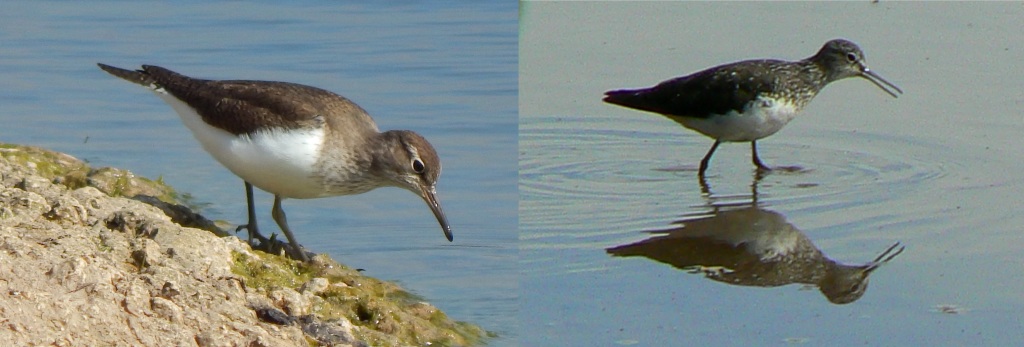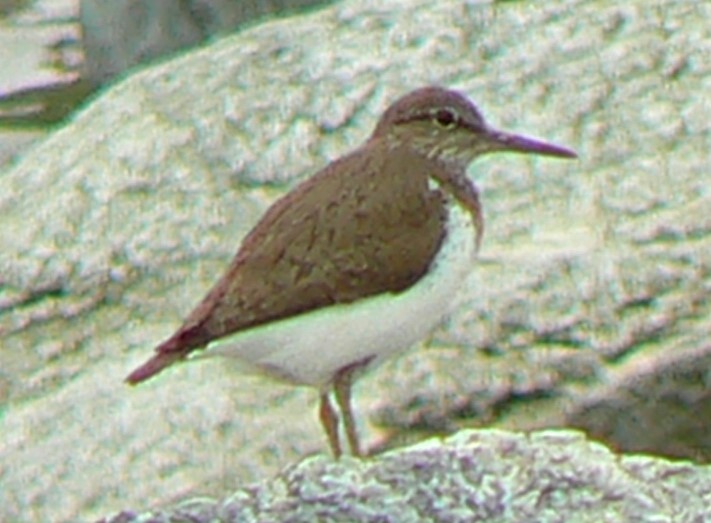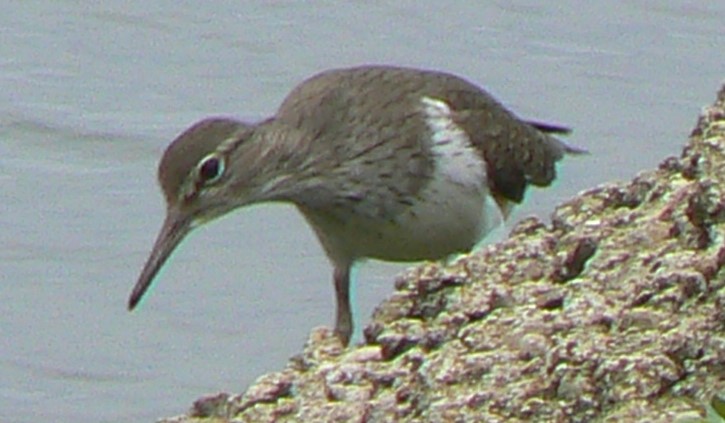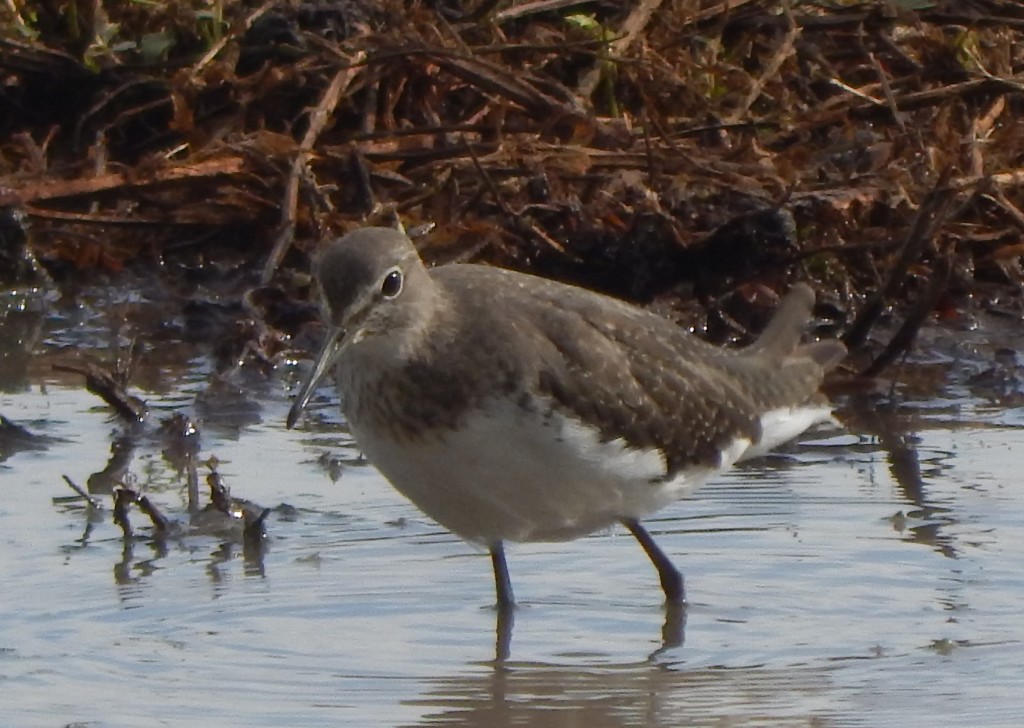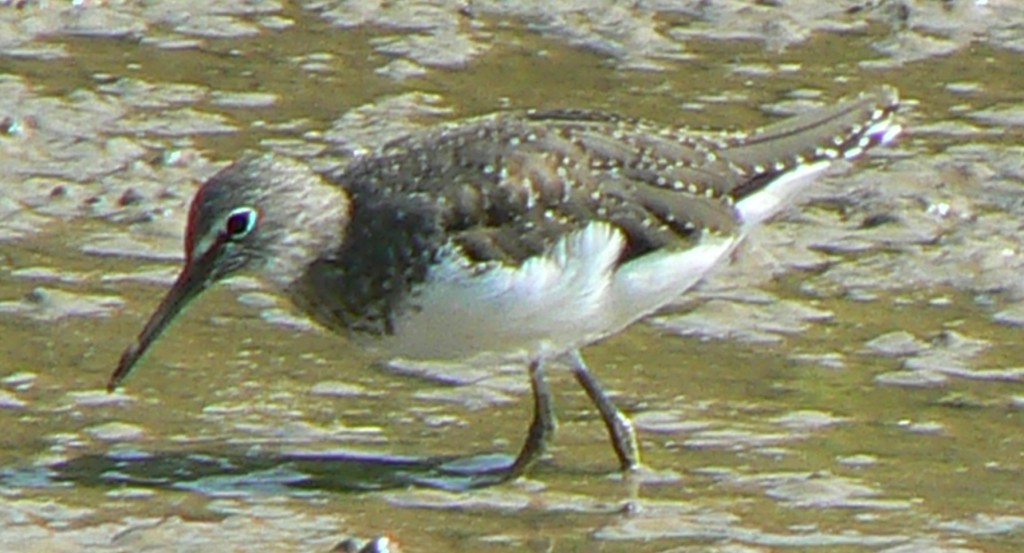
[344] Tringa totanus, Redshank
Introduction
Tringa tetanus, the Redshank, is a common wading bird generally seen at the edges of lakes, rivers, estuaries and the seashore, often in small groups.
It is, of course, not to be confused with Persicaria maculosa in the same family as [143] Bukhara Fleeceflower, also sometimes called Redshank.
Even when being compared to Tringa erythropus, the Spotted Redshank, it is normally just called a Redshank, but it may occasionally be referred to as a Common Redshank. Its legs may appear red but they are usually more accurately described as orange-red or orange.
I will look briefly at other wading birds.
Taxonomy
Kingdom – Animals
Phylum – Chordates
Class – Aves (Birds)
Order – Charadriiformes
Family – Scolopacidae
Genus – Tringa
Scientific Name – Tringa totanus
Name
Naming of birds within the family Scolopacidae is a bit messy because there are several genera containing some species called Sandpipers and some species with other names. Several species have names referring in various ways to the colour of their bodies or legs, sometimes from a tiny hint of a shade that is not always obvious.
Shank is an old-fashioned word for the lower part of the leg.
Tringa was defined as the New Latin name for the Green Sandpiper, the defining species for the genus, coming from Ancient Greek trunga/trynga used for some kind of bird, possibly the Redshank.
Totanus comes from the Italian name for the bird, totano, derived from Latin totanus. At first the bird was called Totanus totanus but the separate genus Totanus has been absorbed into Tringa.
Description
In breeding plumage, the Redshank is mottled brown all over, slightly lighter in colour below. The legs and feet are completely orange to orange-red and the bill is the same colour with a black tip.




In winter the mottling almost disappears, the top becoming grey-brown and the underneath almost white. Legs become more orange.









I did manage to get some pictures of Redshanks chicks from a visit to the coasts of Norfolk. They are fluffy, mottled grey-brown like many young birds.



Redshanks are gregarious, noisy and wary. Their piping calls alert other nearby wading birds.
Habitat
The worldwide distribution of the Redshank extends from Iceland to China and from Norway to central Africa. It spends its summer to the North and its winters to the South with a relatively small resident area in countries near the northern Mediterranean and the North Sea.
In Wales and Southwest England this bird is a winter visitor or passage migrant. For the rest of the UK, it is resident or a summer breeding visitor. Birds that breed in central areas will move towards the coast for the winter.

Other Notes
Like most wading birds, you may not see these in your everyday lives unless you live very near the coast. But if you go on any expeditions to wetlands with groups familiar with birds these are a fairly common species.
See also
I will list briefly some of the other wading birds (families Scolopacidae and Charadriidae) that you may see near the shore or at special breeding sites. Many of them are winter visitors seen only in dull winter plumage. They may congregate in large numbers but at distances where you will need binoculars or telescopes. Some of them are very small.
- Spotted Redshank, Tringa erythropus, superficially a bit like the Redshank but much rarer.
- Greenshank, Tringa nebularia, like the Redshank without red legs but larger. ‘Green’ is very much an exaggeration.
- Wood Sandpiper, Tringa glareola, similar but uncommon.
- [006] Common Sandpiper.
- .
- Red Knot, Calidris canuta, named after King Canute. May be seen in very large flocks on the sand flats of the Wash. (They are not red in winter and in the UK, we just call them Knots.)
- Golden Plover, Pluvialis apricaria, sometimes seen in large flocks in winter. Not golden in its winter plumage.
- Grey Plover, Pluvialis squatorola, as for Golden Plover.
- Ringed Plover, Charadrius hiaticula, small colourful bird breeding in some locations.
- Little (Ringed) Plover, Charadrius dubius, very similar to the Ringed Plover. Possibly slightly smaller.
- [035] Turnstone.
- Sanderling, Calidris alba, small bird occasionally seen on sandy coasts.
- Dunlin, Calidris alpina, small bird generally seen in large flocks.
- Little Stint, Calidris minuta, smallest of our waders.
- Ruff, Calidris pugnax. The spectacular summer plumage that gives this bird its name is rarely seen. Its dull winter plumage is not so impressive. The female bird may be called a Reeve,
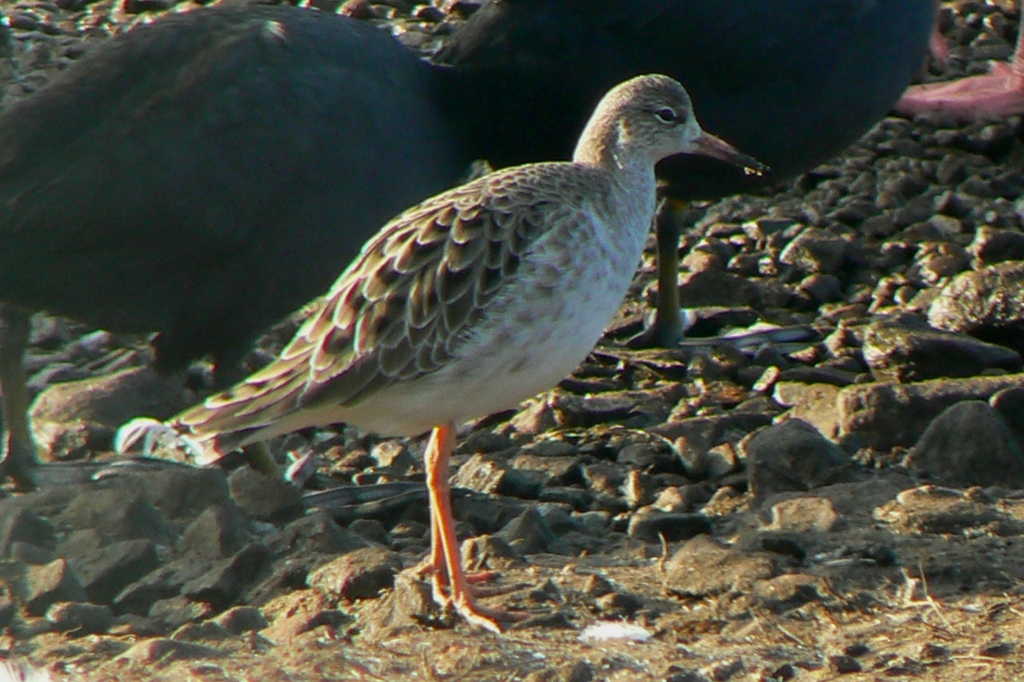

[The second picture above has a Little Stint behind the Ruff.]
I have not included some larger, more distinctive species that we have already met. [354] The Lapwing, the last one, is coming soon. There are also some much rarer vagrant visitors.

